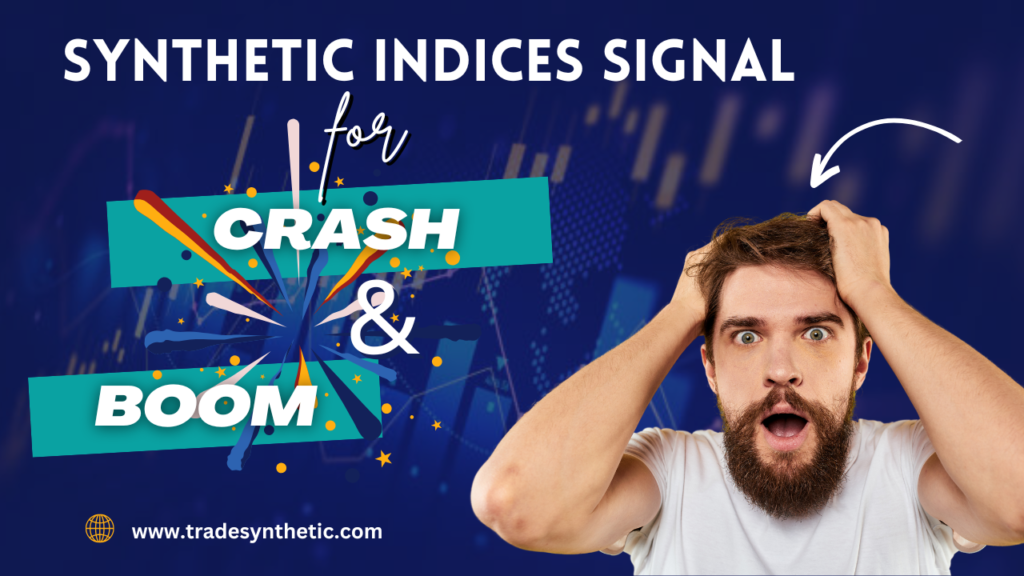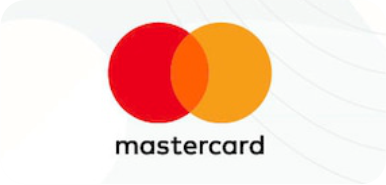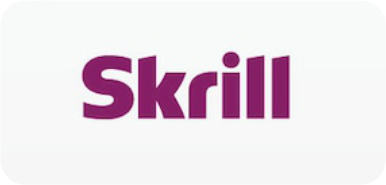To increase profits and reduce risks, many traders use synthetic indices signals for crash and boom because these signals pinpoint the best times to trade.
This article is here to explain how these signals work, how to find trustworthy signal providers, and the tips to help you trade successfully.
What Are Crash and Boom Indices?
Crash Indices and Boom Indices are synthetic trading instruments that simulate specific market behaviors. They are designed for traders to capitalize on sudden, sharp movements in price thereby making consistent profits.
Crash and Boom indices are offered explicitly by the Deriv broker. Both markets run 24/7 and are not affected by real-world news or events. Their distinct features make them popular among traders who thrive on volatility and precision trading strategies.
Crash Indices
Crash Indices represent markets with sudden downward spikes, indicating significant bearish movements. These indices are designed to simulate the rapid and unexpected price drops observed in financial markets.
Boom Indices
Boom Indices, on the other hand, represent markets with sudden upward spikes, indicating sharp bullish movements. These indices are structured to simulate rapid buying pressure or positive momentum in real-world trading scenarios
Why Trade Crash and Boom Indices?
- High Volatility
Crash and Boom Indices are traded because they have sharp price movements, creating many trading opportunities.
- Predictability
Their mathematical behavior makes them consistent and easy for technical traders to analyze.
- Round-the-Clock Trading
These indices are available 24/7, so you can trade anytime and as such many traders love trading it.
- Diverse Trading Options
They support both bullish and bearish strategies, making it flexible to all types of traders.
Components of Synthetic trading signals
1. Entry Point
The entry point is the specific price level at which a trader is advised to open a trade. This level is carefully determined through technical analysis, market trends, or algorithms. It serves as a starting point for a trade, helping traders avoid guesswork. For example, if a signal suggests an entry point of 1000.5 for a Boom index, it means you should buy at or around that price for the best results.
2. Stop Loss
The stop loss is a safety net in trading. It’s a predefined price level where the trade will automatically close if the market moves against you. This tool helps protect traders from significant losses, ensuring that their trading capital is preserved for future opportunities. For instance, if the stop loss is set at 998.0, the trade will close if the price drops to that level, limiting further losses. Stop loss levels are especially important in synthetic indices, where volatility can lead to sudden market shifts.
3. Take Profit
The take profit level is where you close a trade to secure your gains. It’s the target price that the market is expected to reach, allowing you to lock in profits automatically. Using a take profit ensures that you don’t hold onto a trade for too long and miss the opportunity to maximize earnings. For example, if a signal indicates a take profit at 1020.0, the trade will close once the price hits that level, capturing the gains as planned.
What are the indicators used in Crash and Boom
Technical indicators involve utilizing indicators like Moving Averages, RSI, Bollinger Bands, and MACD to predict market trends.
-
- Moving Averages: Moving averages help to identify trends and determine potential entry or exit points
- Relative Strength Index (RSI): RSI helps identify overbought or oversold conditions, signaling when a spike or dip is imminent.
- Bollinger Bands : These bands measure market volatility, helping traders anticipate sharp price movements in Crash and Boom Indices.
- Candlestick Patterns : Observe candlestick formations for clues on when a crash or boom might occur.
Benefits of Using Synthetic Indices Signals
Relying on synthetic indices signals for crash and boom offers several advantages:
1. Predictability
Signals simplify market analysis by predicting when a spike is likely to occur, saving traders from guesswork.
2. Improved Accuracy
By leveraging data-driven insights, traders can make more accurate decisions and reduce the chances of loss.
3. Time Efficiency
Traders can save hours of manual analysis by using ready-made signals for their trades.
4. Accessibility for Beginners
Signals bridge the gap for new traders who lack advanced technical analysis skills, making crash and boom trading easier.
5. Enhanced Profitability
With accurate signals, traders can capitalize on both the spikes in crash indices and the surges in boom indices.
How to Choose the Best Signal Provider
Not all signal providers are reliable. Follow these tips to select a trusted provider:
1. Check Signal Accuracy
Look for a provider with a proven track record of delivering accurate crash and boom signals. Testimonials and performance reports are helpful indicators.
2. Evaluate Communication
Choose a provider that communicates clearly and provides detailed signal instructions.
3. Test with a Free Trial
Some providers offer free trials, allowing you to test their signals before committing to a subscription.
4. Look for Real-Time Updates
The synthetic indices market moves quickly. A good provider delivers signals in real time to ensure timely execution.
5. Analyze Costs
While free signals exist, premium services often offer higher accuracy and more features. Compare prices to find a service that fits your budget.
Tips for Trading Crash and Boom Indices
1. Understand Market Behavior
Familiarize yourself with how crash and boom indices operate. Recognize the patterns and timing of spikes.
2. Use Risk Management Tools
Always trade with stop-loss and take-profit orders to protect your capital.
3. Combine Signals with Analysis
While signals are valuable, combining them with personal analysis enhances your trading strategy.
4. Stay Updated on Market Trends
Monitor how market trends shift over time and adapt your strategy accordingly.
5. Trade with Discipline
Avoid impulsive decisions. Stick to the signals and maintain a consistent approach to achieve long-term success.
Conclusion
When you have the right signals, you can improve your trading accuracy, save time, and achieve consistent profits. However, signals are only as good as the provider.
Ensure you choose a reliable service, practice risk management, and combine signals with your own analysis to maximize success. Signals can take your trading to greater heights, therefore take signals seriously.
Frequently Asked Questions (FAQs)
What are synthetic indices signals for crash and boom?
- These are trade recommendations specifically designed for crash and boom indices, helping traders identify when to enter or exit a trade.
Are signals for crash and boom indices accurate?
- The accuracy depends on the provider. Choose a provider with a proven track record and verified results.
Can beginners use crash and boom signals?
- Yes, signals are beginner-friendly and simplify the trading process for those with limited experience.
How can I find a reliable signal provider?
- Check for reviews, testimonials, and free trials to evaluate a provider’s reliability before subscribing.
Are free signals for crash and boom indices effective?
- While free signals can work, premium services often provide more accurate and reliable signals.










